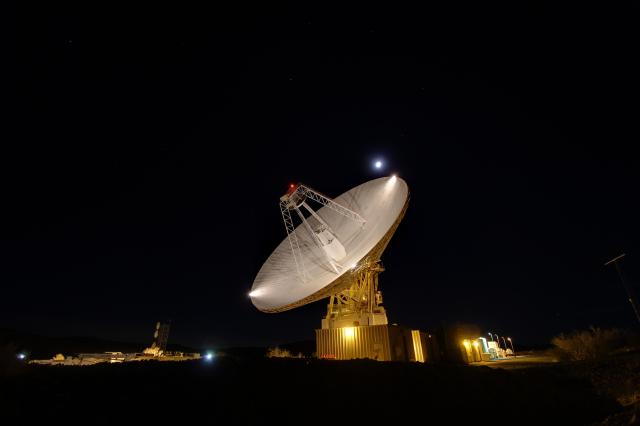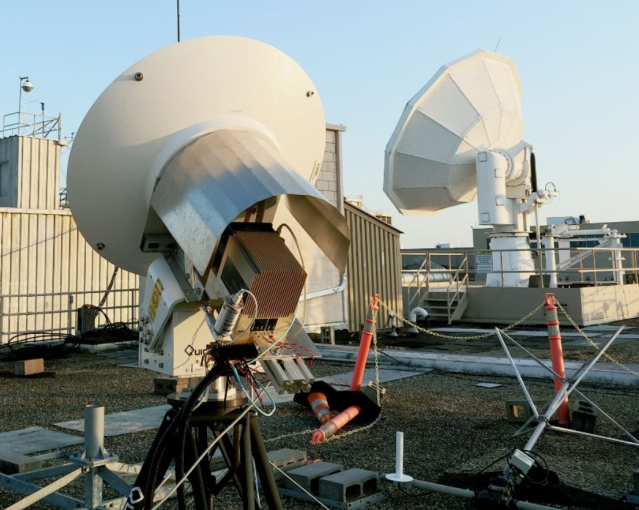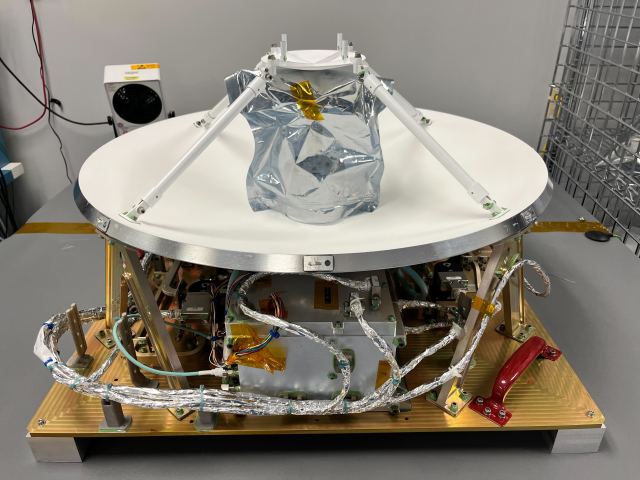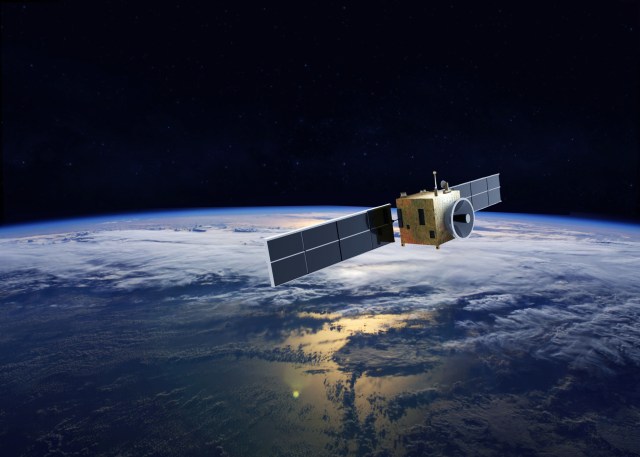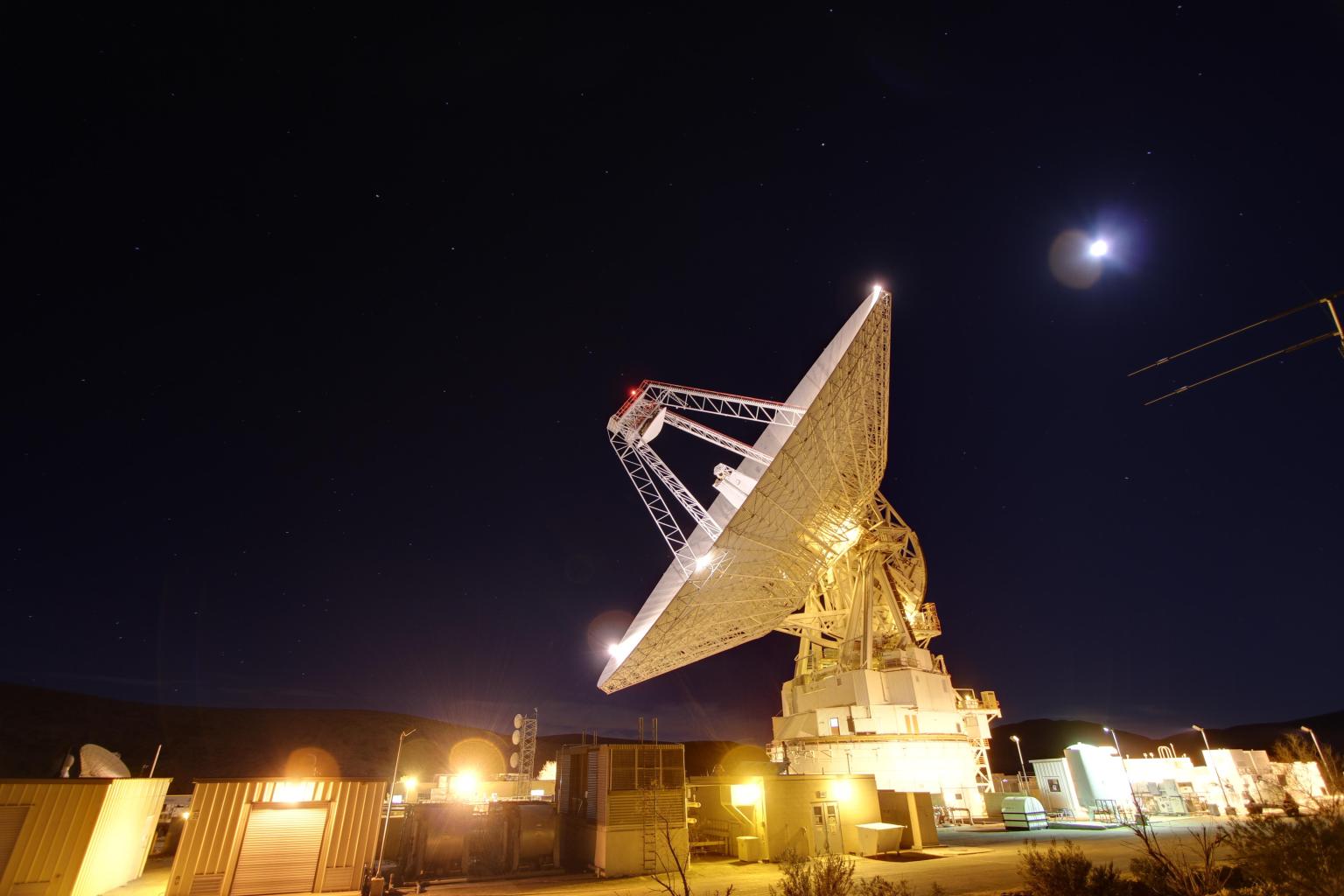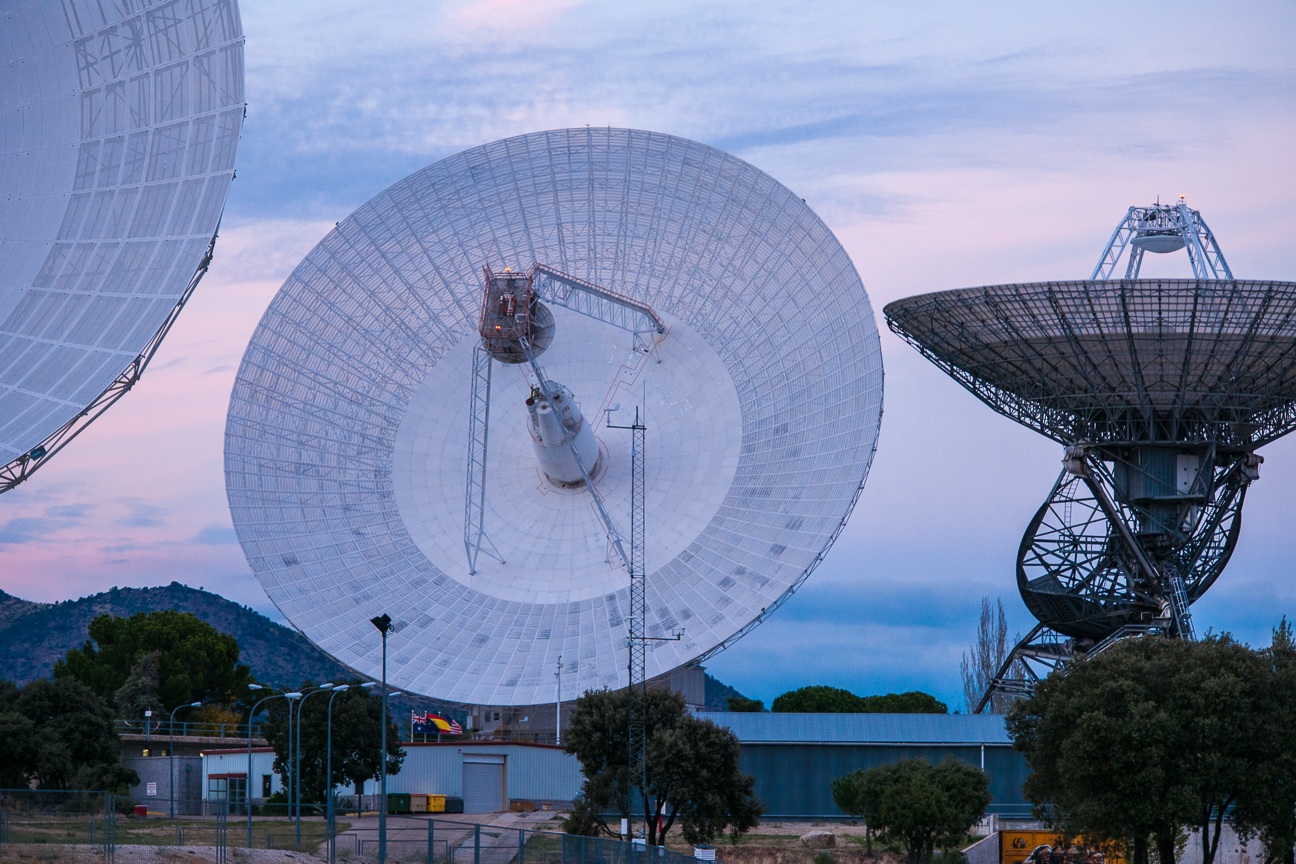Wideband
Reliable communications systems are critical to every NASA mission. As the Space Communications and Navigation (SCaN) program works to decommission its near-Earth fleet of Tracking and Data Relay Satellites (TDRS), the agency is evaluating the feasibility of employing commercial satellite communications networks for near-Earth operations. The development of wideband terminal technology could allow for interoperability between multiple near-Earth network providers, aiding the agency’s transition towards commercialization.
Quick Facts
Wideband Technology
Providing interoperability between multiple space network providers.
Wideband terminals are transceivers that operate over both government and commercial Ka-band spectrum allocations. This roaming capability, enabled by wideband technology, can give spacecraft the ability to seamlessly connect to various communications networks, allowing for multi-access points of services, lower latency, and lower costs.
Read More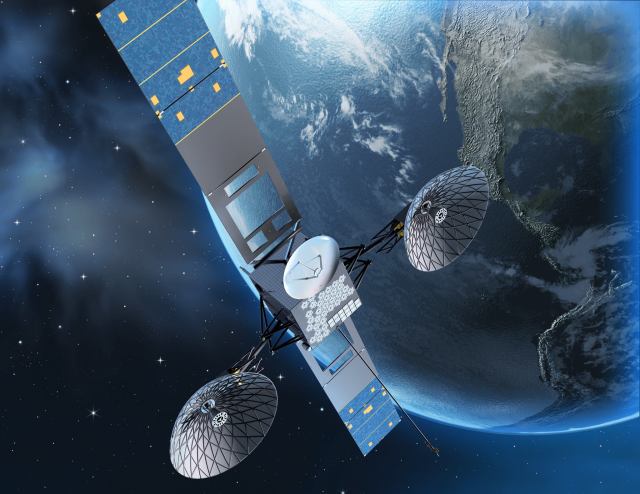
Polylingual Experimental Terminal (PExT) Demonstration
Wideband technology will soon be launched into near-Earth orbit.
NASA’s Wideband Terminal Project is collaborating with Johns Hopkins University Applied Physics Laboratory to test wideband technology on a prototype Polylingual Experimental Terminal (PExT). Launching in June 2024, PExT mission objectives include demonstrating contact and link management, and forward and return link data flow, with the existing NASA TDRS service as well as three commercial providers.
Read More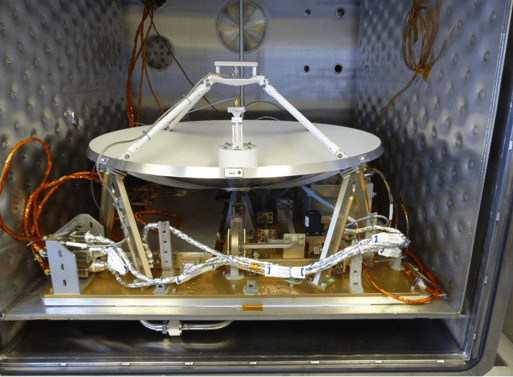
Commercialization
NASA is transitioning to commercial infrastructure.
The Space Communications and Navigation program is working to engage commercial services for NASA missions, rather than continuing to build, maintain, and operate its own satellite systems. Existing partnerships and Funded Space Act Agreements are being leveraged to invest in upcoming commercial demonstrations of these services.
Read More



























